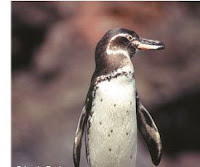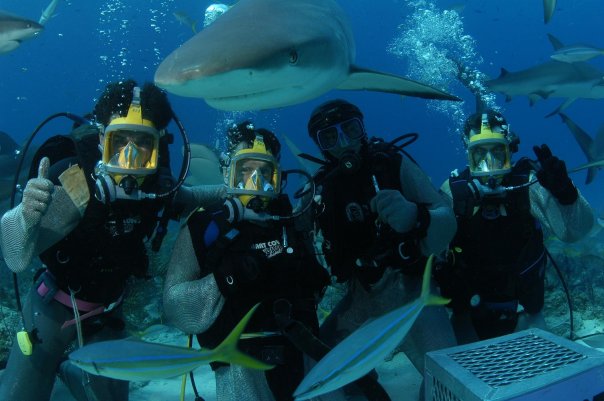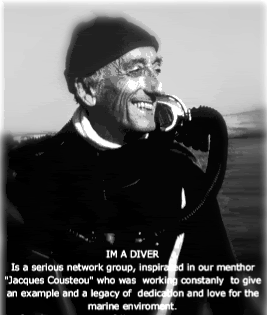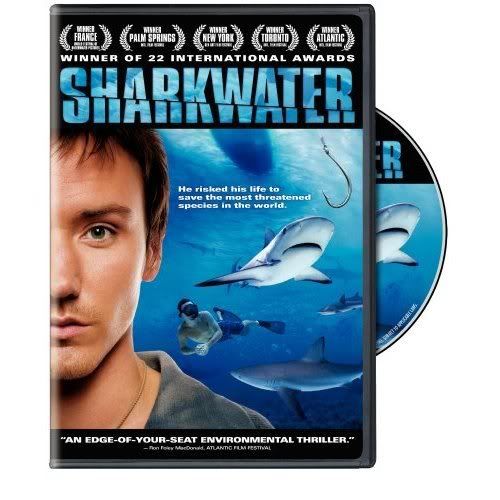The Endangered Species Act of 1973 (ESA) is the United States’ most powerful wildlife conservation tool. But where there’s power, there’s controversy. When a species is listed under the ESA, a recovery plan must be developed and implemented to protect the species from extinction. Recovery actions may involve setting aside large tracts of undeveloped land, limiting hunting, fishing and grazing activities, and curtailing natural resource extraction (logging, mining, oil drilling, etc.) in certain areas. While listed species stand to benefit from protection, there may be a few people who stand to lose financially. Money is power and can be the driving force behind the politics of listing and recovering endangered species.
Take salmon, for example. Salmon are born in rivers, swim to the oceans to mature, then return to their birth rivers to spawn the next generation. Salmon need healthy unobstructed rivers and oceans to survive. Logging next to rivers causes runoff that suffocates salmon eggs. Dams obstruct the passageway for salmon. Hydroelectric power diverts water from salmon streams. Overfishing doesn’t allow enough salmon to reproduce. Development along waterways pollutes spawning habitat. All of these factors over time have contributed to the recent listings of five species of salmon as threatened or endangered. Now that salmon are listed, recovery plans must be implemented. But logging companies don’t want to give up any trees, hydroelectric companies don’t want to give up cheap power, commercial fisheries don’t want to give up any salmon and developers don’t want to give up prime waterfront properties. See how fast the issue of endangered species can become political?
Is the Endangered Species Act in Danger of Extinction?

While certain industries and individuals may oppose a particular listing of a species, some are pushing to abolish the ESA altogether. Getting rid of the entire act will be difficult. But limiting its funding and staff resources may be just as effective.
In November 2000, the U.S. Fish & Wildlife Service (FWS) announced a moratorium on listing any new species as threatened or endangered through September 2001. This means that the 43 species proposed for listing will have to wait for protection, the 234 candidate species will not be reviewed and no new petitions will be considered. In the interim, the actions that contribute to species becoming endangered continue: habitat loss, overharvesting for food and products, pollution, etc. For every day endangered species wait for protection, they are another day closer to extinction. According to FWS, the moratorium is necessary because funding isn’t sufficient to address the listing of species, and comply with court orders and settlements arising from lawsuits. Many lawsuits have been filed by citizen groups to force the agency to comply with the ESA by designating “critical habitat” (see glossary for definition) for listed species. At present, only 11 percent of listed species have critical habitat designations.
The most recent attempt to change the ESA comes from the present administration. At press time, the administration had included a provision in the 2002 budget proposal that would restrict how FWS uses its allocated funding for listing endangered species. The agency only would be allowed to: 1) comply with existing court orders, and 2) undertake actions under a priority system to be developed for listing activities. What does this mean for endangered species? Under the current law, anyone can file a petition to list a species as threatened or endangered, and FWS must meet specific deadlines in reviewing the petition. Under the administration’s proposal, the deadlines could be waived if the petition is deemed low priority. As an example, let’s say Thelma Smith files a petition to list the fictitious purple frog as endangered. If FWS determines that the purple frog isn’t a high priority listing, then the petition can be shelved indefinitely — regardless of biological evidence supporting the frog’s listing.
In addition, FWS would not be allowed to spend any money on enforcing new court orders that impose deadlines for lower priority listings and actions. In the example of the purple frog, if Thelma Smith won a court decision stating that the frog petition had to be reviewed, FWS couldn’t spend any money to comply with the order. In the past, citizens have filed suit to enforce the ESA if deadlines were missed or required action wasn’t taken once a species was listed. According to the group Earthjustice Legal Defense Fund, 92 percent of all species listed in California during the last nine years were the result of citizen petition and court order.
The Bush administration says that the proposal is necessary to ensure that available funding is directed to the highest priority listing and critical habitat activities. Citizen groups see the administration’s proposal as an attempt to gut the ESA by shutting the public out of the legal process of protecting endangered species.
Global Statistics
The World Conservation Union (IUCN) tallies the world’s threatened species in its Red List of Threatened Species.Number of threatened animal and plant species worldwide: 11,046. Countries with the greatest number of threatened species:United States: 998*
Malaysia: 805
Indonesia: 763
Brazil: 609
Australia: 524
India: 459
Mexico: 419
Peru: 398
Philippines: 387
China: 385
National Marine Fisheries Service Office of Protected Resources 1315 East West Highway, SSMC3 Silver Spring, MD 20910 www.nmfs.noaa.gov
World Conservation Union Red List of Threatened Species 219c Huntingdon Road Cambridge CB3 0DL
United Kingdom www.redlist.org
The Ocean Conservancy 1725 DeSales St, NW, Suite 600 Washington D.C. 20036 www.oceanconservancy.org
NETWORK GROUP




1 comment:
Gracias por la info. Super clara.
Post a Comment